Introduction:
Vestibular rehabilitation (VR) helps to reduce dizziness, vertigo and improves the quality of life in people that suffer from disorders in balance mechanisms.
Good balance is crucial in life. A healthy balance system makes use of information from the senses and enables us to see clearly even while moving the head.
Dizziness and Balance disorders are an elevating health concern by people all across the globe. The conditions increase with age and are commonly complained by older patients. If left untreated, they result in worsening of various conditions viz., anxiety, loss of confidence, difficulty in concentrating, memory problems, etc.
Vestibular rehabilitation:
This is an exercise-based program for the central nervous system to compensate for issues in the inner ear. After a thorough examination, physiotherapists develop personalized exercise-based management plans including home exercise programs to treat the condition.
The management plan includes:
- Head and eye movement exercises
- Exercises to improve balance while standing and walking
- Techniques to reposition fragments in the inner ear
- Imparting knowledge on activities of daily living to improve function and to build confidence
- Advice on tips to reduce and prevent falls
Physiotherapists provide early screening and intervention to reduce balance and dizziness disorders and have a good impact on daily life.
Specialist physiotherapist provides personalized VR programs that reduce distressing symptoms and improve the quality of life.
Also Read: Spinal Traction and Spinal Decompression
Vestibular compensation:
It lets the brain to regain its balance, control and minimizes dizziness symptoms if there is an evidence of damage or there is imbalance between, the right and left vestibular organs or the balance organs that are present in the inner ear.
The brain copes with the disorientating signals that come from the inner ears and helps in maintaining balance.
Cawthorne-Cooksey Exercises:
Cawthorne-Cooksey exercises aims to relax the muscles of the neck and shoulder, it trains the eyes without causing movement in the head. It helps us with balance problems in daily situations, it allows movement of the head without causing dizziness; it improves co-ordination and encourages natural movement.
The patient is assessed during the exercise program to make sure that appropriate exercises are being undertaken. A friend or relative to be with the patient during the assessment on request. It will be helpful if someone learns the exercises and helps you with it.
Also Read: Physiotherapy for Neck Pain
Some exercises that are taught during Vestibular Exercise are mentioned below.
Eye movements:
- Rolling the eyes up and down
- Seeing from one side to the other
- Focusing on a finger moving it away as you are seeing it
Head movements:
- Bending the head forward and backward
- Turning the head from side to side
Sitting:
- Eye and head movements as mentioned earlier.
- Shrug and circle shoulders
- Bend forward to pick an object from the ground
- Bend side wards to pick an object from the ground
Standing:
- Eye, head, and shoulder movements are the same as shown above.
- Throw a ball from one hand to the other above the eye level
- Throw a ball from one hand to the other under the knee
Moving:
- Walk up and down a slope or steps
- Throw and catch a small ball
- Play games that involve, stretching and aiming
Also Read: Cryotherapy
Gaze stabilization exercises:
The aim of these exercises is to improve vision and enables us to focus on the object that is stationary while moving the head.
The therapist assesses the movements of the patients while undertaking the exercises.
- Look straight and focus on alphabet (say, ‘G’), hold it in front of at the eye level.
- Turn the head from one side to the other but focus on the alphabet. Slowly increase the speed of the head movement. It is important to focus on the alphabet.
- Do this exercise for a minute. Repeat this 3 times a day.
Brandt-Daroff exercises:
Brandt-Daroff exercises are performed at home without any supervision by a specialist. The anatomy behind these is not clearly mentioned, making it a question of how exactly these exercises work. A possibility might be that repetition of the movement of the head moves the crystals back to the right position inside the inner.
- It requires the patient to sit on an edge of the bed and tilt the head at 45 degrees to one side.
- Now, lie down on your opposite side quickly such that the back of the head behind touches the bed.
- Hold on the position for 30 seconds.
- Sit right again and repeat the steps for the other side too.
This has to do done six times i.e., 3 times for each side. This has to be done at least two times a day.
Frequently Asked Questions:
- What constitutes to Vestibular Rehabilitation?
It involves stabilization of gaze and stabilization of gait with the help of exercises shown by special physiotherapists. - Will Vestibular Rehabilitation help me?
This rehabilitation reduces the impact of imbalance and disorders. Most patients agree that they have felt a difference after the treatment.

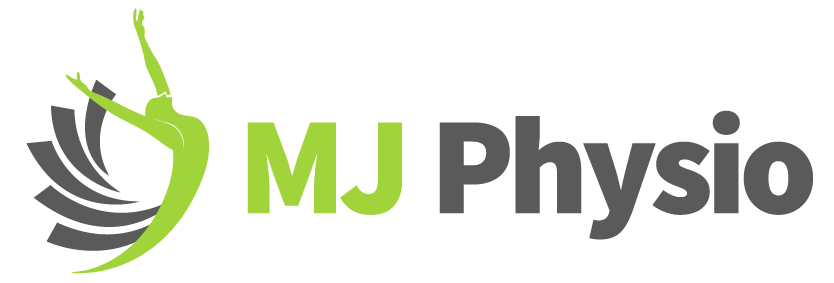
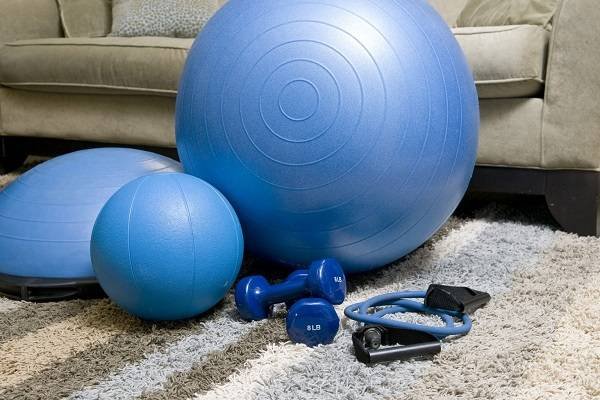
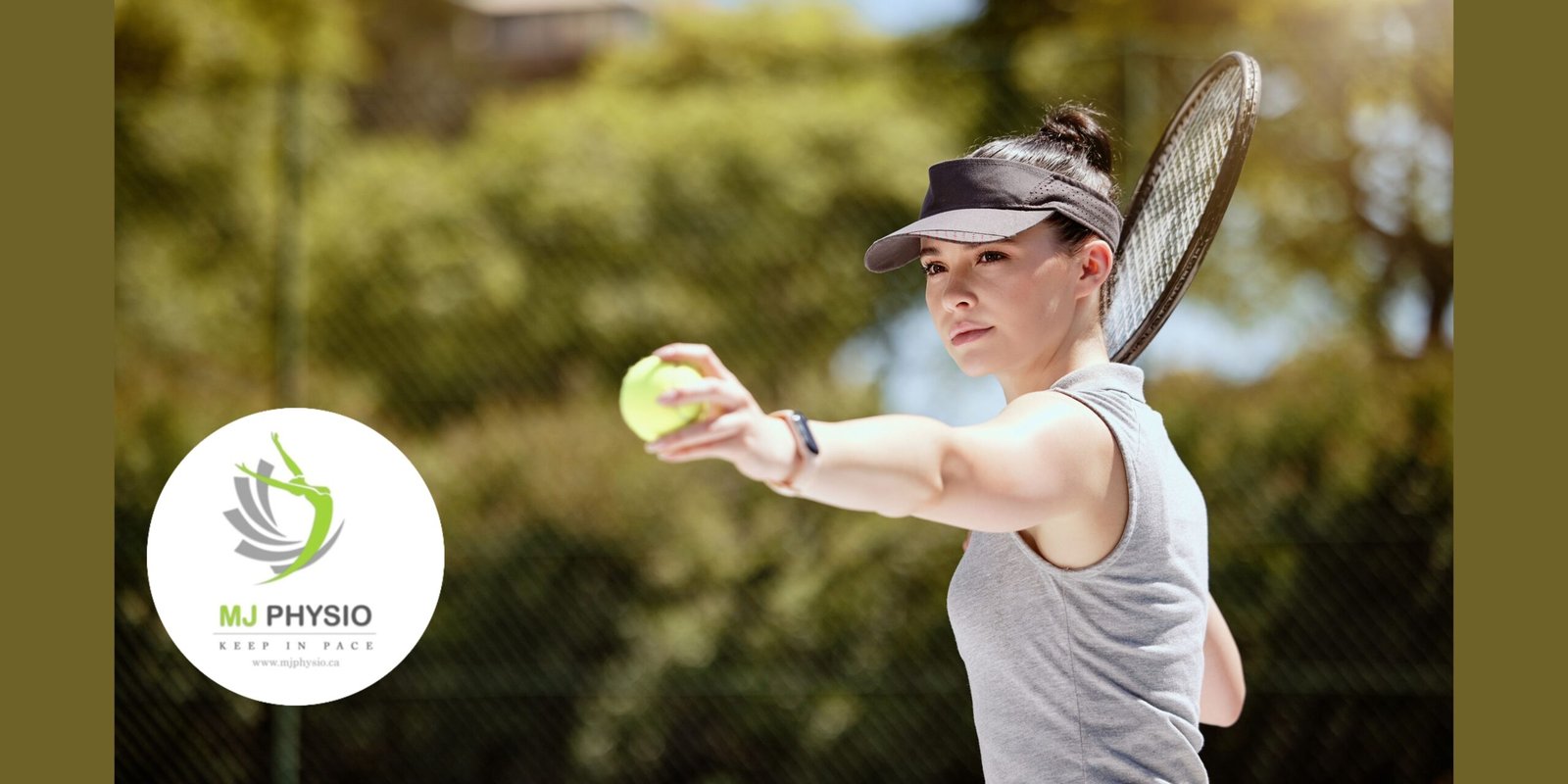
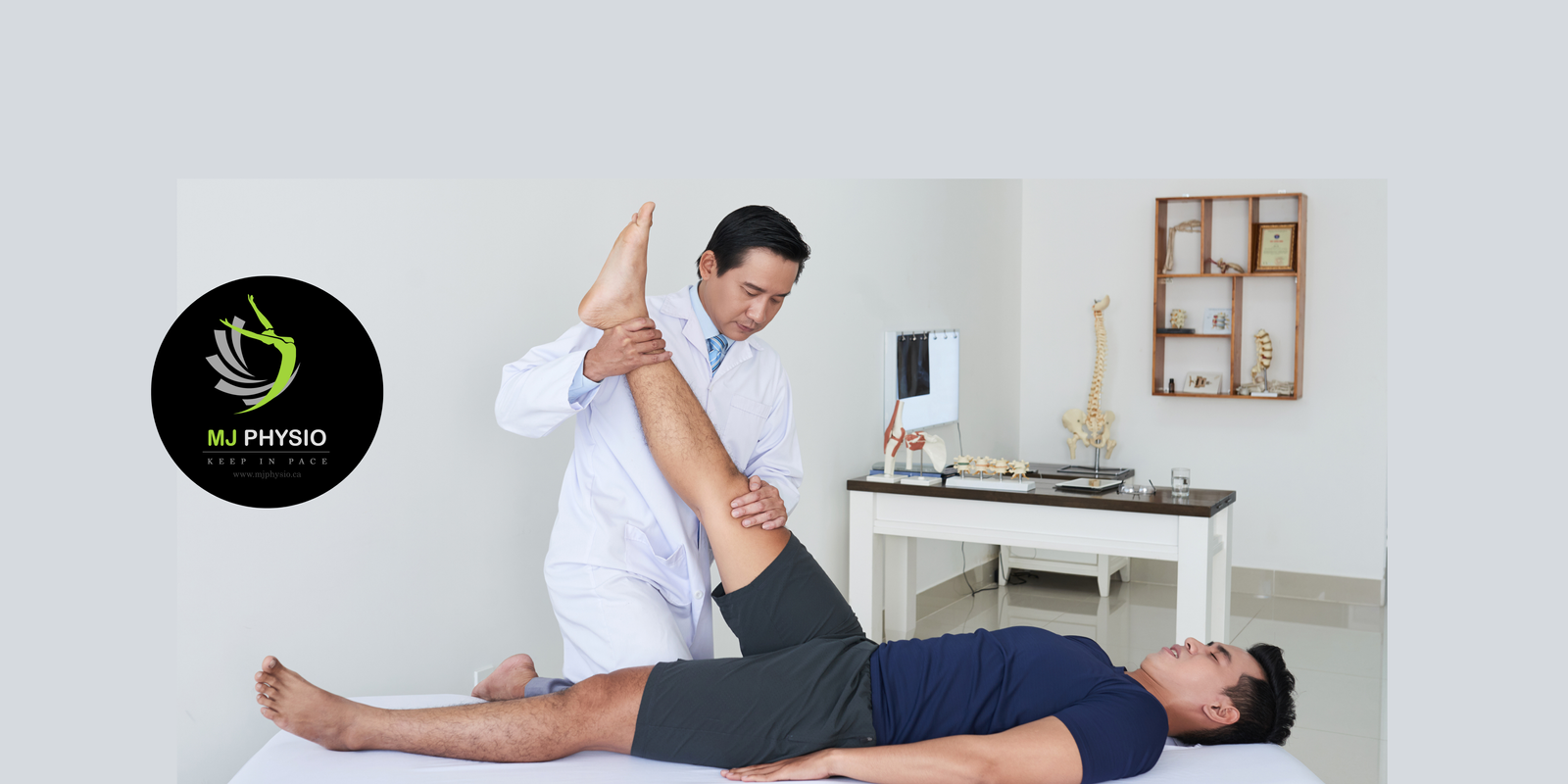
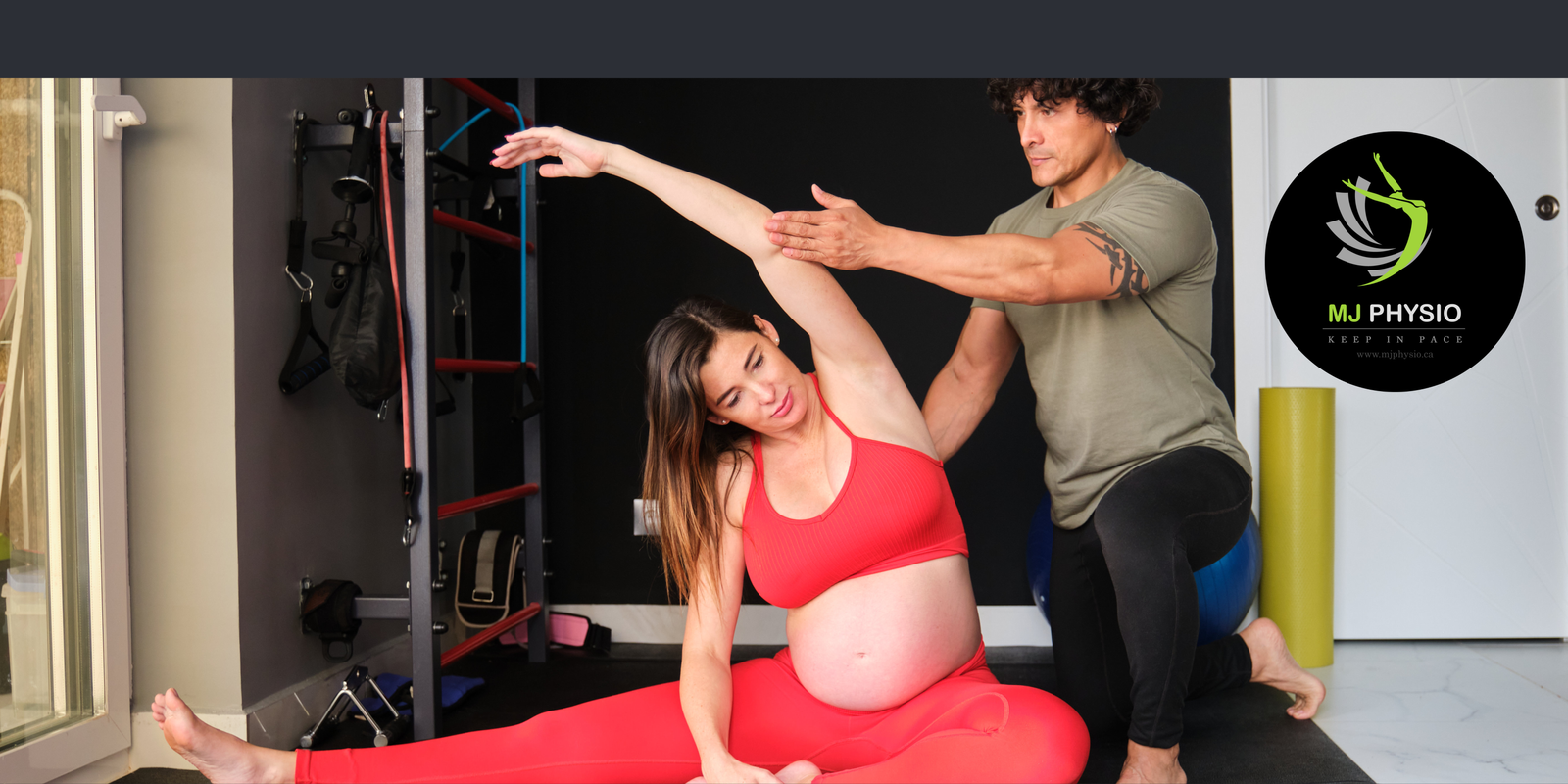
Post Comments